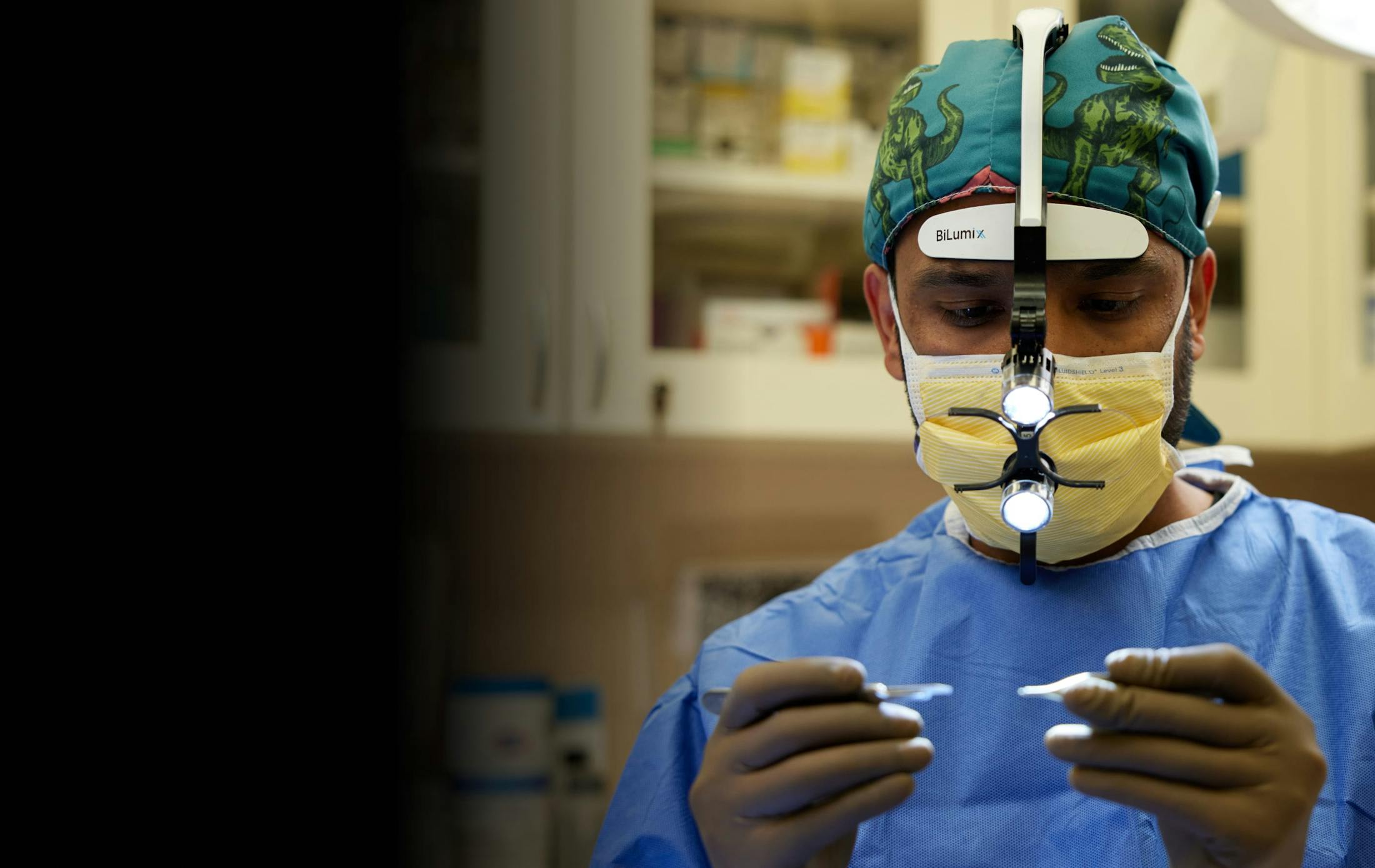Experience world-class blepharoplasty with double board-certified plastic surgeon Dr. Mansher Singh
What is Blepharoplasty?
Blepharoplasty (commonly called an eyelid lift) is a surgical procedure that removes or repositions excess skin, muscle, and fat to refresh the eye area.
It smooths wrinkles, eliminates puffiness, and enhances your innate facial contours so you appear alert, rested, and effortlessly vibrant.


























